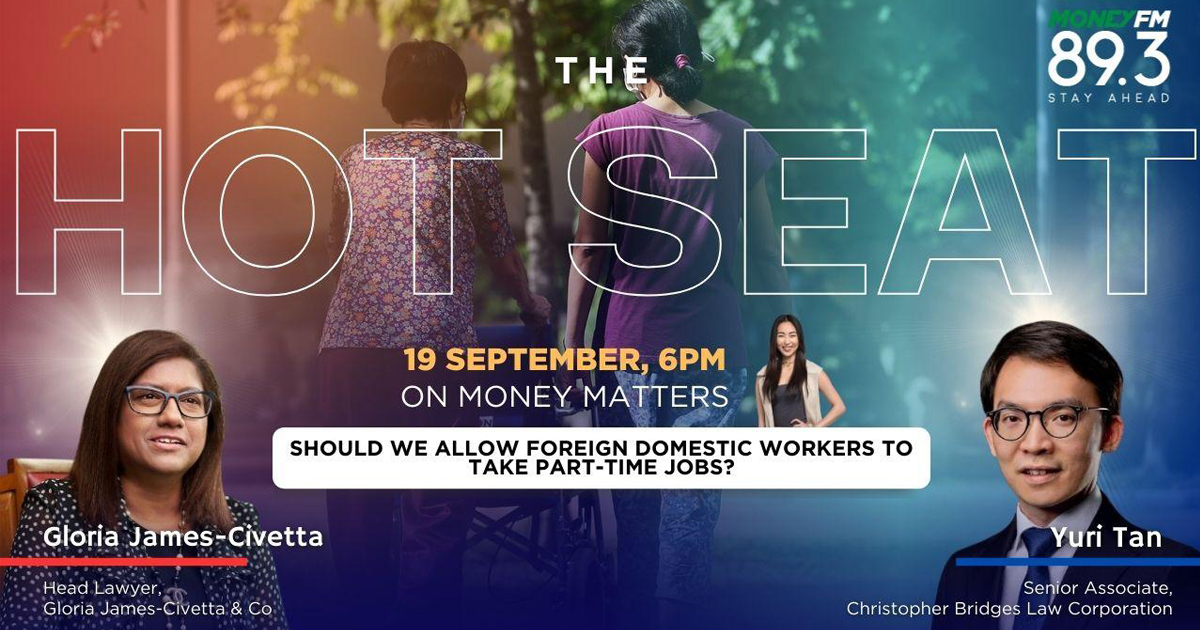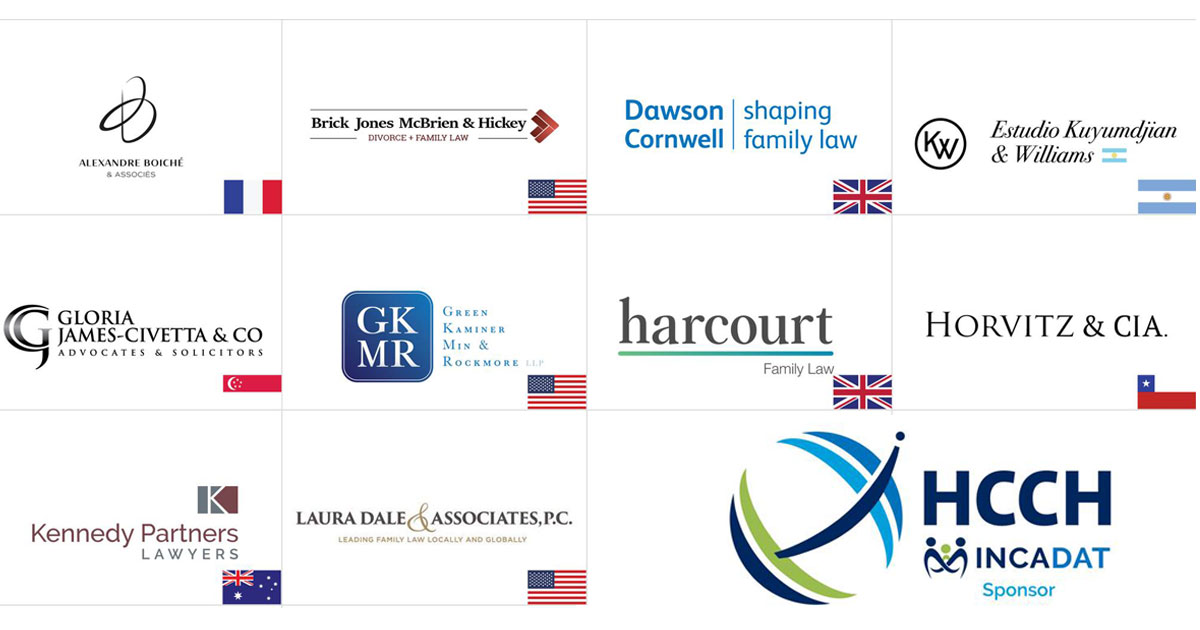Source: Reported by “The Home Ground (Asia)” & “The New Paper” respectively on 15th & 18th June 2022
This post reflects on and questions the practice of gag orders passed by the Singapore Courts, specifically, it scrutinises the balancing act that are gag orders; that between the rightful protection of victims, and the possibly unjust shielding of the guilty.
Gag orders are imposed at the Court’s discretion, either by its own volition or as a result of a successful application by the litigant.
The main purpose of the same is to protect the victim of a crime. Upon its imposition, members of the public nor journalists have the authority to share information or photographs that may identify the person in question.
The article assesses this purpose by comparing various instances where gag orders were or were not implemented. A particular case consisted of sexual assault victims who were minors at the time of the offense but not at the point of sentencing.
Considering the case revolved around the controversial Catholic Church, the article questions if enforcing a gag order truly benefitted the victims or the Church.
Ms Gloria-James Civetta of Gloria James-Civetta & Co points out in this instance that the priority of victim protection is highly regarded by the Courts, specifically, the possibility that the victims may be subjected to ridicule or prejudice must be borne in mind.
Ms James-Civetta states:
“it is important to bear in mind that even if the person is a victim and not the accused, having their identities revealed to the public may lead to social stigmas, such as being labelled a sexual assault victim and/or victim-blaming comments”.
Moreover, Ms James-Civetta rightfully points out that the enforcement of gag orders encourages victims to testify “by guarding them against public scrutiny, and minimising re-victimisation by sparing victims further trauma of unwanted public scrutiny”.
With that, the perceived unfairness of sealing the name of an accused, in reality, aids in the protection of victims by preventing the tracing of the victims through the accused.
Other reviewed incidences compared three seemingly analogous cases. All three cases involved parents who murdered their child, a gag order was granted for one of those couples, but not the other two.
While the article attempts to nit-pick at the facts of the cases, such as how the anomalous case involved minor siblings of the deceased child, which is synonymous with one of the other two cases, Ms James-Civetta fittingly points out that the Courts meticulously assess each application on a case-by-case basis and a gag order is only imposed where necessary.
“Even when a gag order is imposed, the scope of the gag order is to be determined by the Court on an individual basis – bearing in mind that the scope has to be sufficient to protect the victims and/or witnesses. This is why the scope of the gag orders can be different when comparing different cases.”
Dr Eugene Tan, an associate professor of Law at the Singapore Management University stresses that the imposition of a gag order is fact-sensitive, much like Ms James-Civetta, he states that “apparent inconsistencies are often because of the differences in one case to another.”
The article concludes by suggesting that the Courts should reassess the principles surrounding gag orders to ensure that the public understands the Court’s decisions behind the same.
This may prevent misunderstandings on part of the public regarding the Court’s perceived protection of perpetrators considering its vested interest in upholding justice for victims.













